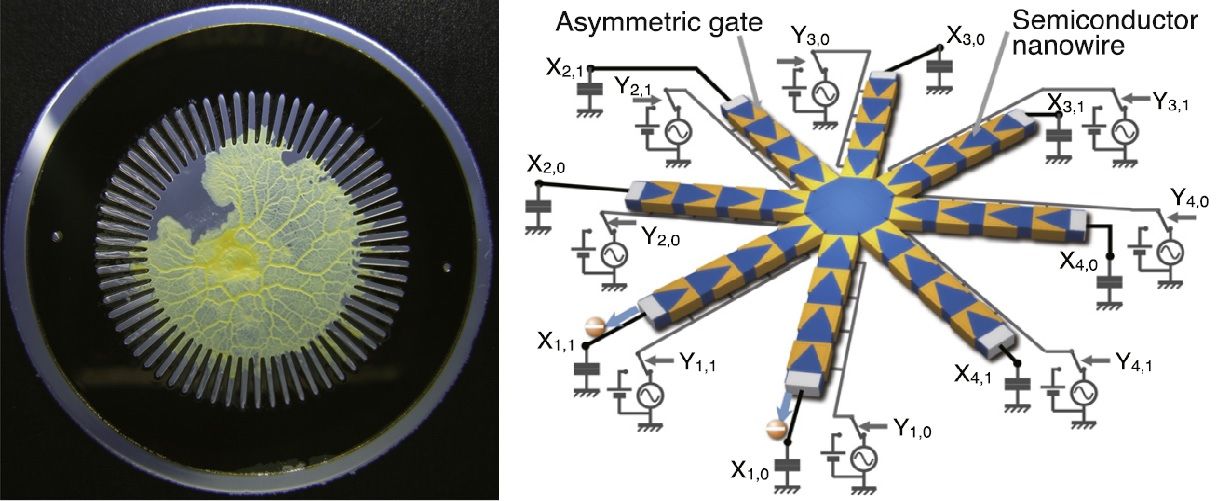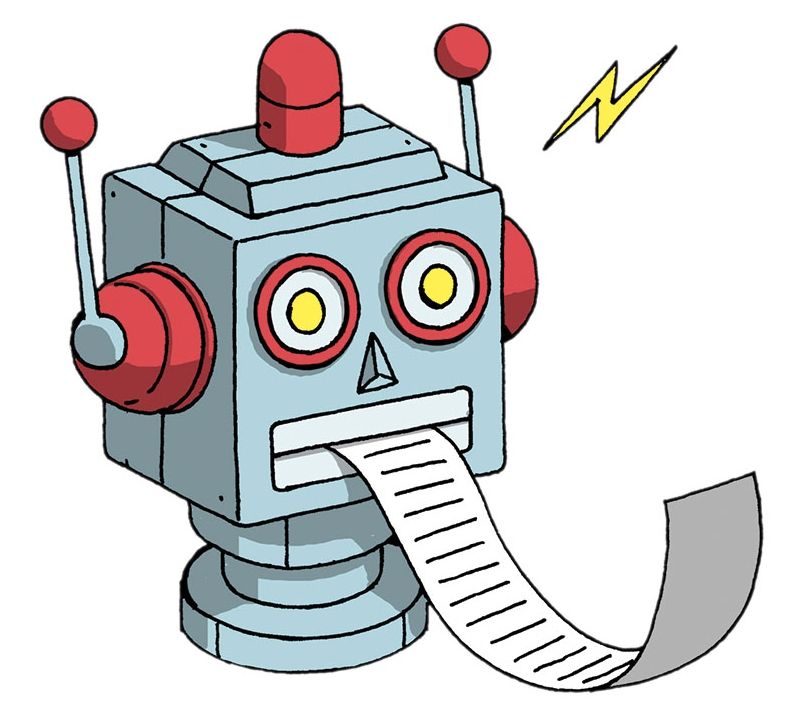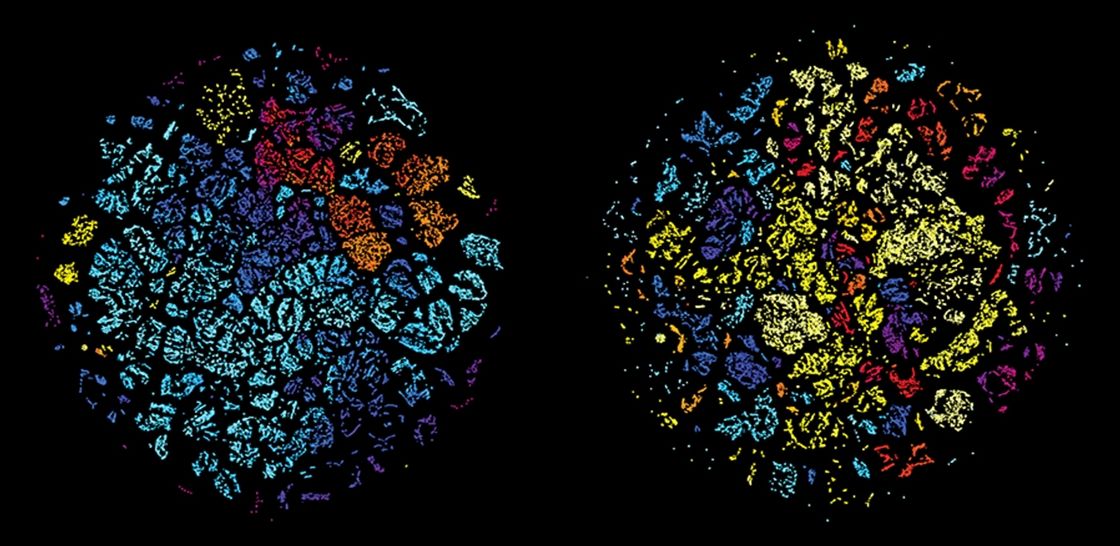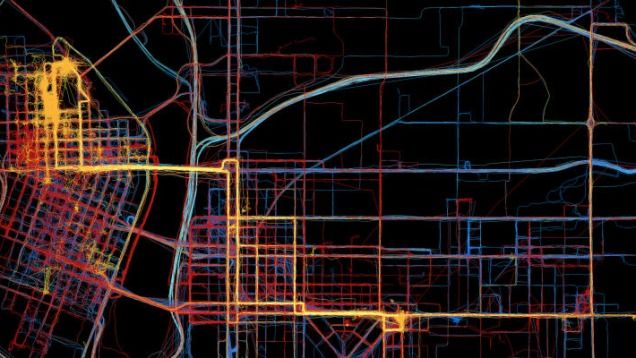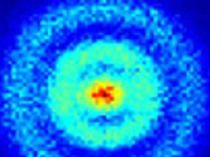How could AI disrupt the music and commercial media industries?
 Artificial intelligence may be set to disrupt the world of live music. Using data driven algorithms, AI would be able to calculate when and where artists should play, as well as streamline the currently deeply flawed means through which fans discover concerts happening in their area.
Artificial intelligence may be set to disrupt the world of live music. Using data driven algorithms, AI would be able to calculate when and where artists should play, as well as streamline the currently deeply flawed means through which fans discover concerts happening in their area.
____________________________________________
Guest Post by Cortney Harding on Medium
A few weeks ago, I posited that Artificial Intelligence could disrupt “background music”. While it wouldn’t replace pop stars (no robot could ever do what Beyonce did at the Super Bowl), it could replace the music we hear in ads, in stores, and while we’re doing other tasks. And while people will still flock to see live rock stars play in venues and arenas for years to come, AI will also have a huge impact on how we get to those shows, and how those shows are booked.


